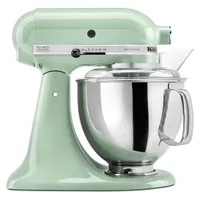I got my first KitchenAid Artisan stand mixer last month — here's 3 things I've learned
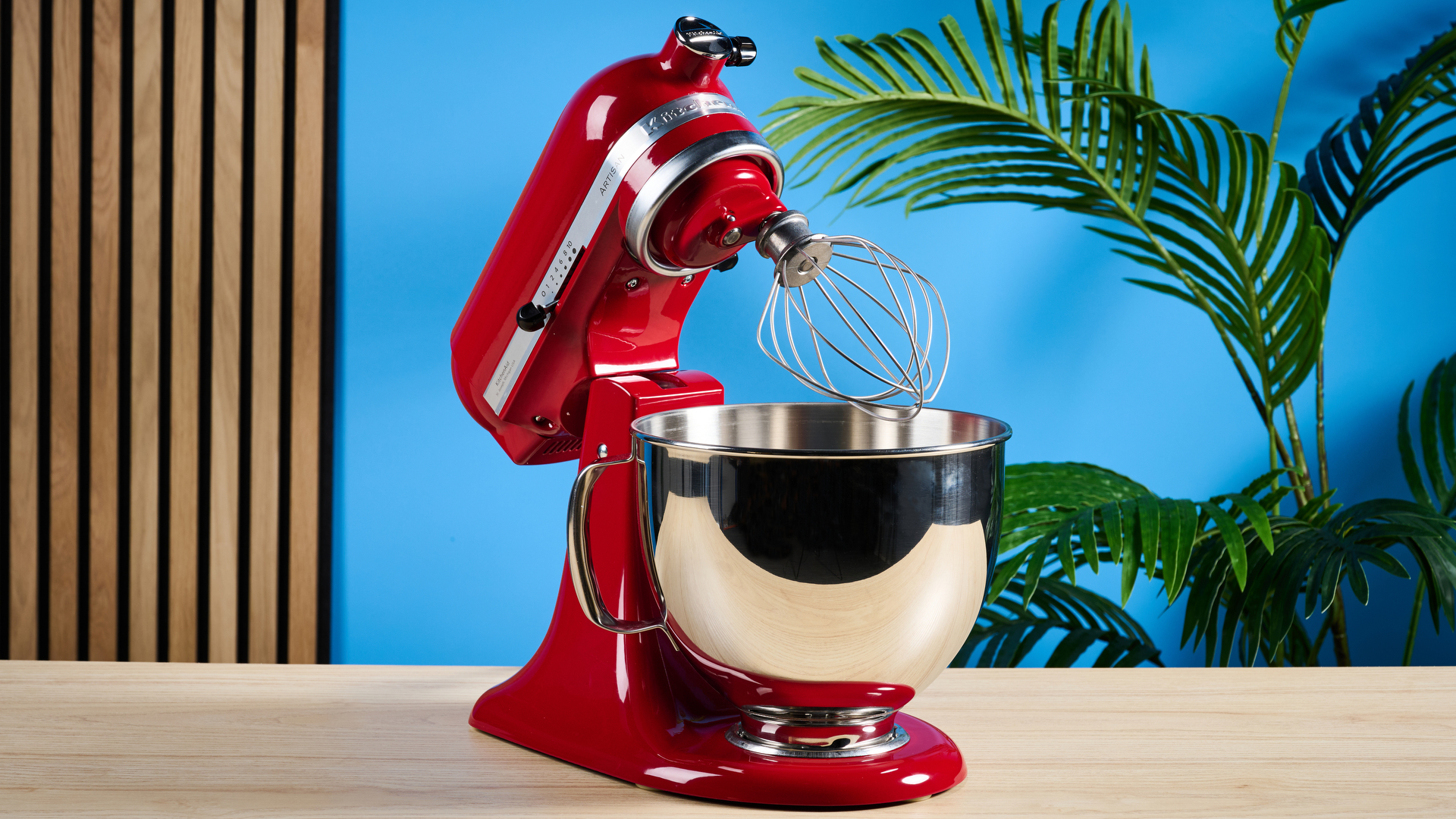
Until last month, I had never used a stand mixer before. So when I got my KitchenAid Artisan stand mixer, I couldn't wait to get started. It's hands down the best stand mixer, so I knew I was in for a treat.
After over a month of playing with my new toy, I come to you with an armory of recommendations for other beginners. Some seasoned KitchenAid users will, of course, know all of these already. While some of my KitchenAid stand mixer recommendations are more common sense than hacks, I've compiled my best discoveries here for other newbies. Hopefully my findings help you out.
Buying a KitchenAid stand mixer is a major commitment. KitchenAid sales are rare, and the stand mixers are really expensive. Maybe some of these discoveries are the final push you need!
This is the model I have. It's 5 quarts with a tilt head, which means it can easily fit two loaves of sourdough, and up to 108 cookies worth of dough. I have it in passion red, but if I was to choose, I think I'd pick the cardamom or pistachio color in the picture here.
Not just for baking
Although I've used my KitchenAid Artisan stand mixer for baking, I've discovered that it excels in other areas, too. It can be used to shred chicken or pork to make pulled chicken and pulled pork sandwiches.
All I have to do is put cooked chicken (or pork) into the mixing bowl with the paddle attachment and set it on power 1. After a few minutes, the meat is shredded perfectly for a huge range of uses.
It's also ideal for making huge batches of sandwich fillings. For example, I could throw in a few tins of tuna, some mayo, and diced veggies and save my arm muscles — the stand mixer will combine it all in minutes.
Goodbye aching biceps, hello meal-prepped sandwich fillings. I only have the basic attachments, but I can't wait to get some of the best KitchenAid stand mixer attachments to up my game even further.
Get instant access to breaking news, the hottest reviews, great deals and helpful tips.
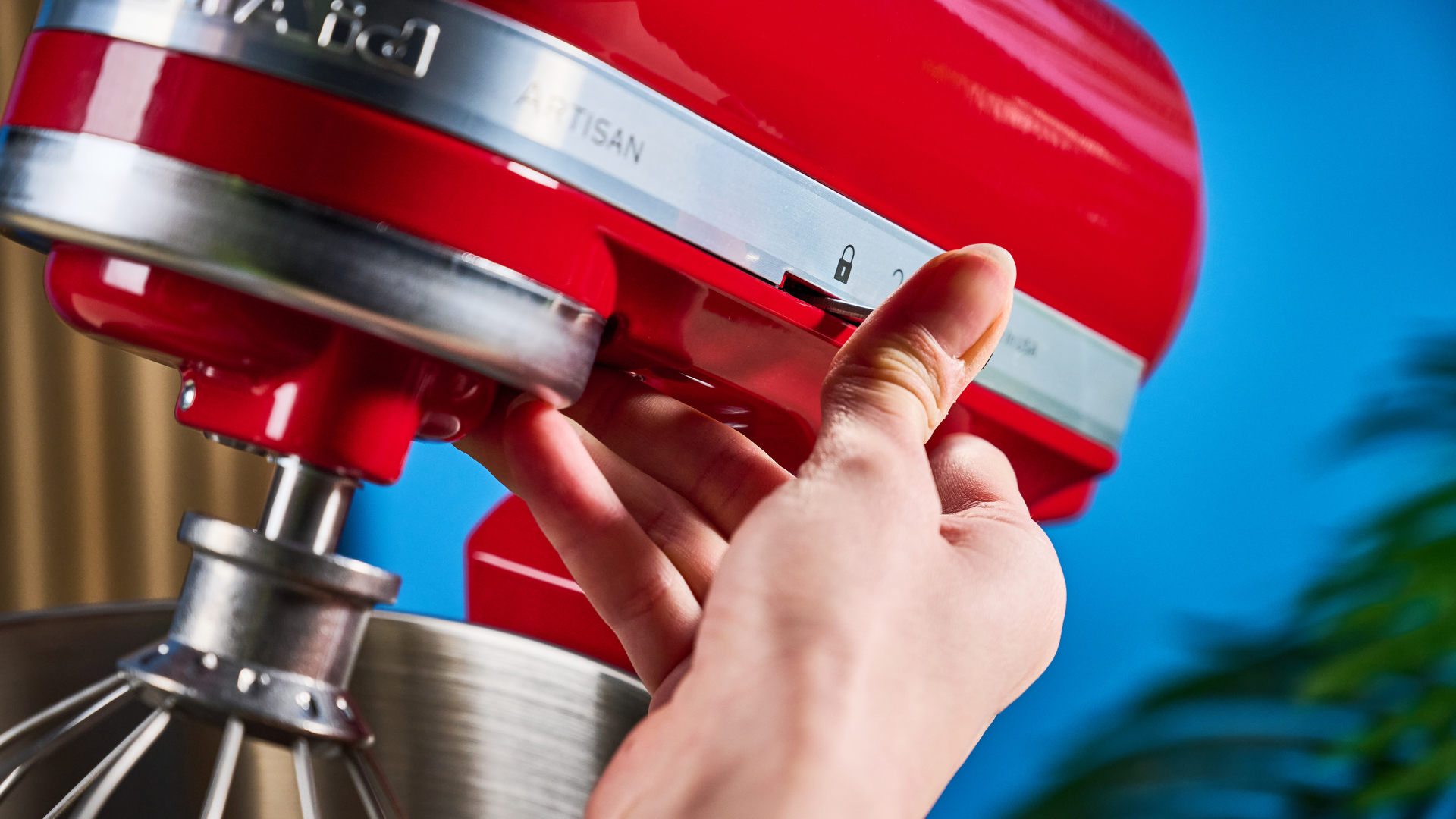
Last but not least, over the past month I've discovered that the KitchenAid Artisan stand mixer is great for making veggie burger patties or veggie meatballs.
Instead of expending all my effort mashing beans and lentils by hand, I just chuck everything into the stand mixer and use the whisk attachment to combine into a burger mixture. Then I add my spices and shape, and I've got delicious homemade veggie patties without having to sweat over a mixing bowl.
Speed 1 is enough
I'm an avid sourdough baker. I'm the kind of person who worries about their starter if they're away for a week or more. Is it surviving without me? Is it getting too acidic? Will a couple of big feeds help it once I get back?
Even so, making sourdough is labor. Labor of love, of course, but serious labor nonetheless. The process takes two days and requires constant babying. You have to stretch and fold the dough every half an hour during the bulk fermentation stage, and honestly, sometimes I don't have time.
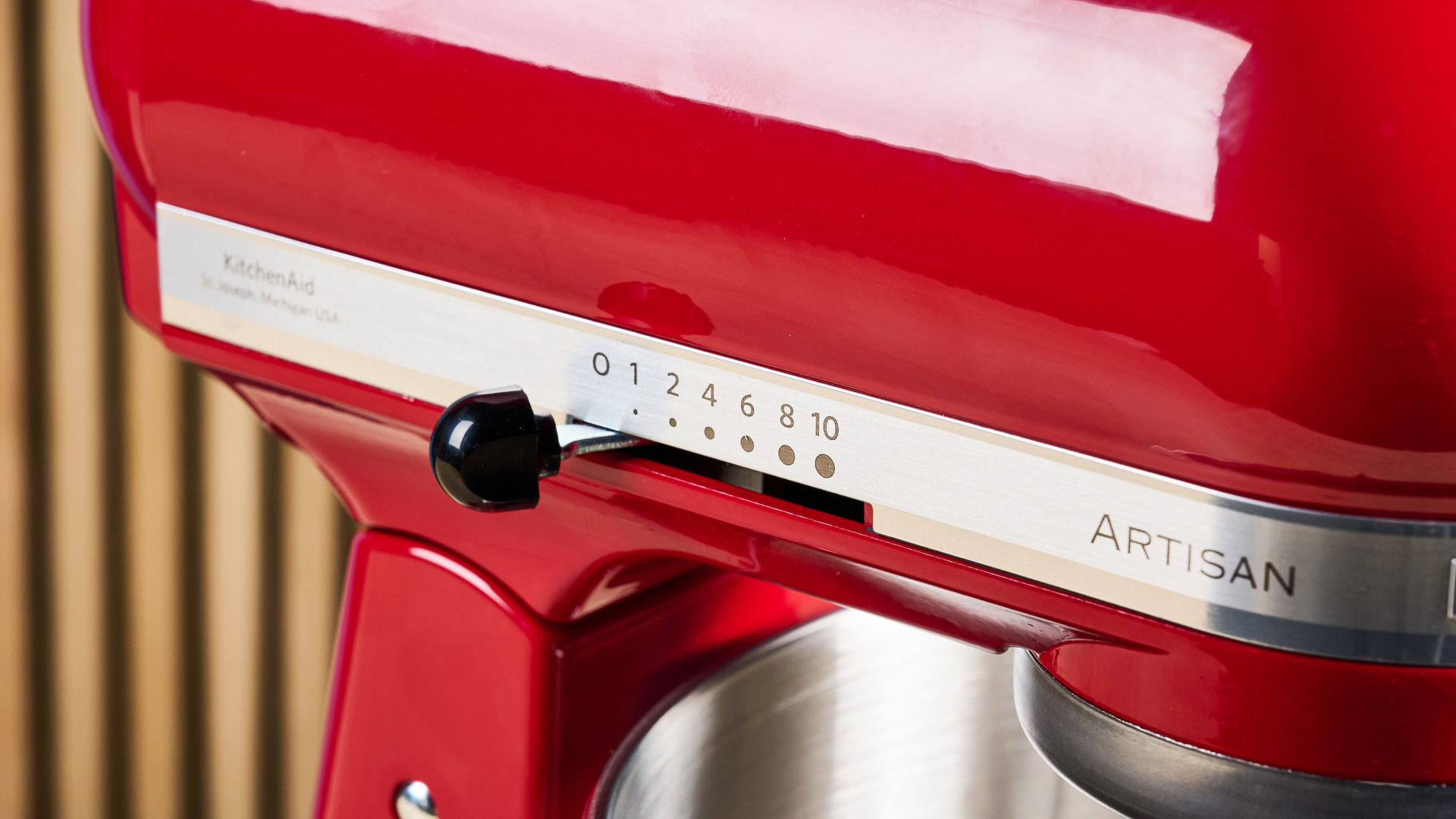
So when I saw someone online claim that they could skip the stretch and fold step by just mixing in the KitchenAid before proofing, I knew I had to test it out. In all honesty, this was the first thing I did when I unboxed my stand mixer.
This is what happened the first time: I prepared my dough as usual and attached the dough hook. Then I set it on speed 3 (a fatal error) and kneaded my dough for 5 minutes.
However, the dough didn't rise. After some research, I found out that overzealous kneading can actually inhibit yeast development.
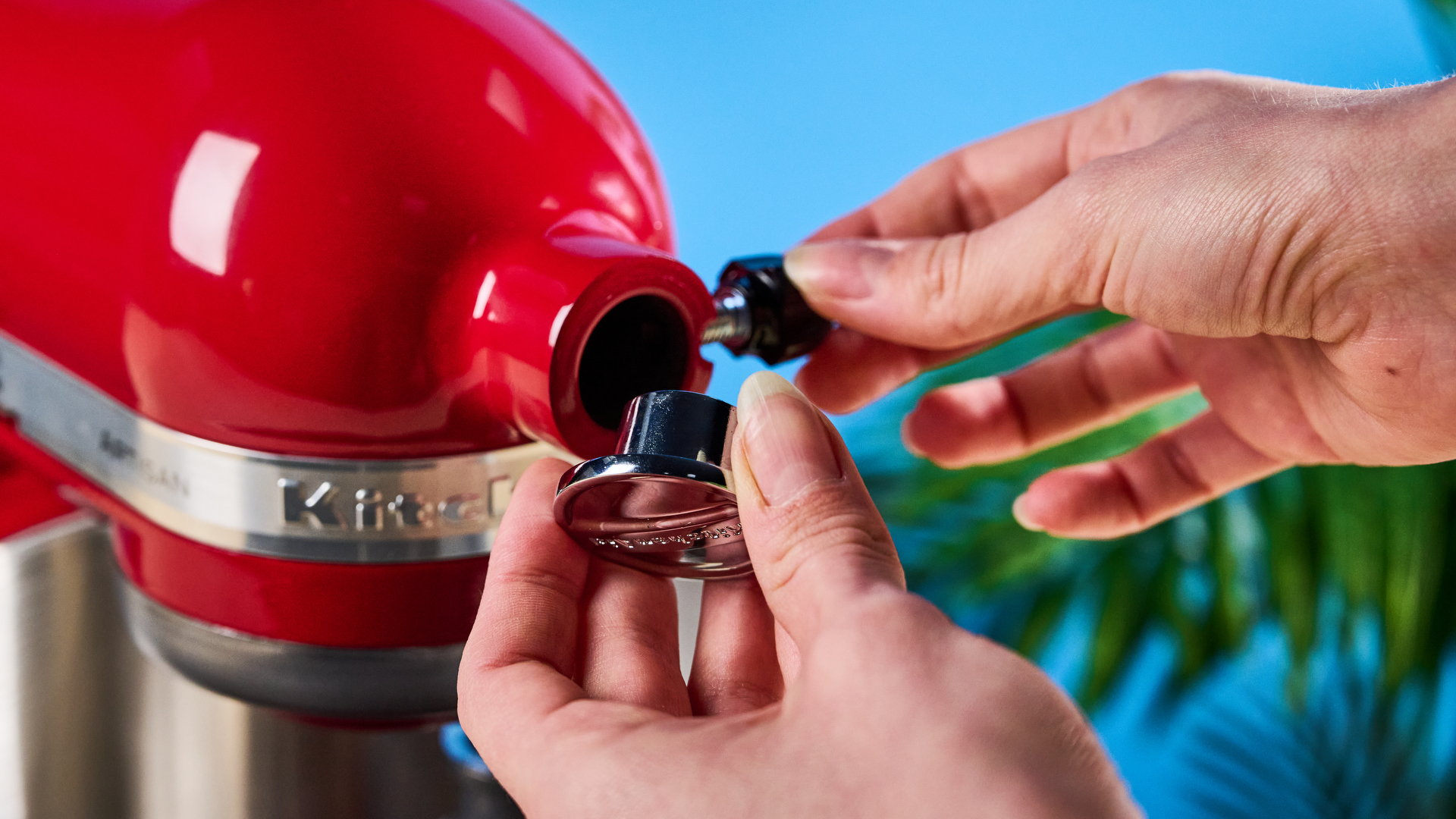
The second time, I repeated these exact steps, but kept the stand mixer on speed 1. This resulted in a perfectly fluffy, aerated crumb. My scoring still needs some work, so I won't share a picture of the loaf here, but rest assured it tasted delicious.
The bottom line is: speed 1 is more than enough — be patient.
Be careful where you store it

As I mentioned earlier, some of my findings are more common sense than actual discoveries. This one definitely falls into the first category. If you've never felt a KitchenAid Artisan stand mixer, they're heavy. Like, oh-my-gosh-I'm-going-to-drop-it-right-now heavy.
With the metal bowl, it's about 30 pounds. This is definitely a good thing — the high-quality all-metal construction won't come light, after all — but please heed my warning.
Foolishly, I put the stand mixer on an upper shelf in my kitchen to keep it off my countertops. When I tried to get it down, I almost dropped it and it ripped off the top veneer of the shelf. I've fixed it with super glue, but I'm not looking forward to that being taken out of my rental deposit when I move.
The stand mixer's feet have also left little dents in the wood, so I'd recommend using a mat (like a mouse pad, tea towel, or even a place setting) underneath to prevent this.
Although I've only had my stand mixer for a month, I'm loving experimenting with it and trying to find new ways to get as much use out of it as possible.
Do you have a KitchenAid stand mixer too? Do you have any major hacks you've learned over the years — anything like the KitchenAid stand mixer dime test? Let me know in the comments. I'm all ears!
More from Tom's Guide

Erin Bashford is a senior writer at Tom's Guide, focusing on reviews. She has a Masters in Broadcast and Digital Journalism from the University of East Anglia. As an ex-barista, she knows her way around a coffee machine, and as a music lover, she's constantly chipping away at her dream of having a multi-room home sound system. In her spare time you can find her reading, practising yoga, writing, or stressing over today’s NYT Games.
You must confirm your public display name before commenting
Please logout and then login again, you will then be prompted to enter your display name.
